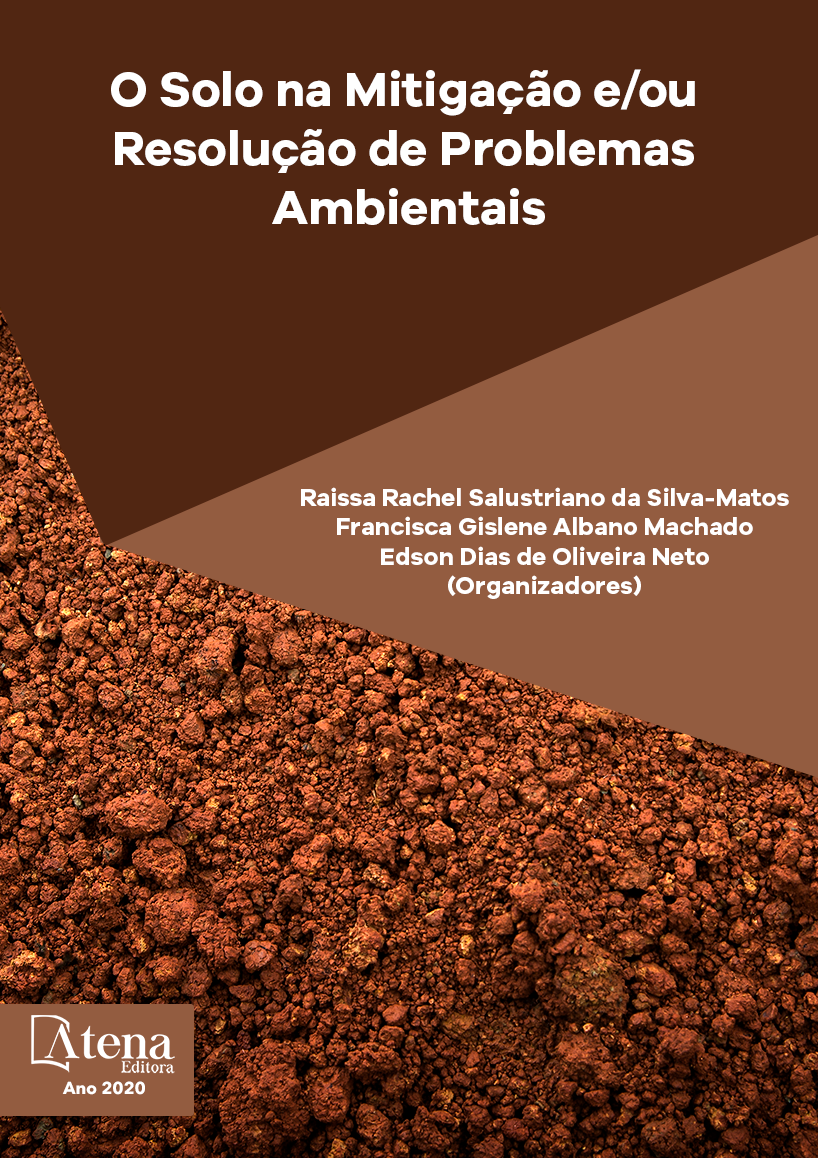
Azospirillum brasilense E O ACÚMULO DE MICRONUTRIENTES EM GRÃOS DE MILHO CULTIVADO NO CERRADO
A inoculação com microrganismos
promotores de crescimento e/ou diazotróficos,
podem vir a interferir na absorção e acúmulo de
nutrientes em diferentes genótipos de espécies
vegetais. Assim, objetivou-se avaliar o acúmulo
de micronutrientes nos grãos de dois híbridos
de milho inoculados ou não com Azospirillum
brasilense. O experimento foi desenvolvido em
sistema plantio direto, na safrinha de 2015, em
Latossolo Vermelho Distrófico típico, argiloso,
do município de Selvíria-MS. O delineamento
experimental foi em blocos casualizados com
quatro repetições, e esquema fatorial 2x2 (2
híbridos de milho (DKB 350 VT PRO e DKB 390
VT PRO), com e sem inoculação das sementes
por Azospirillum brasilense). As parcelas
possuíam 20 m de comprimento com seis linhas
espaçadas de 0,45 m. Na maturidade fisiológica
da cultura, após a colheita, foi determinada a
massa seca e a concentração de micronutrientes
nos grãos, para posterior cálculo do acúmulo
de micronutrientes nos grãos. O acúmulo de
micronutrientes nos grãos não difere entre os
dois híbridos de milho, exceto para B. O híbrido
simples DKB 390 exporta mais B da área pelos
grãos do que o híbrido triplo DKB 350, independente da inoculação. A inoculação
de híbridos de milho com Azospirillum brasilense (via semente) proporciona menor
exportação de B e Cu por meio dos grãos, independente do híbrido.
Azospirillum brasilense E O ACÚMULO DE MICRONUTRIENTES EM GRÃOS DE MILHO CULTIVADO NO CERRADO
-
DOI: 10.22533/at.ed.591201903
-
Palavras-chave: exportação de micronutrientes; Zea mays; Azospirillum brasilense; inoculação.
-
Keywords: micronutrients removal; Zea mays; Azospirillum brasilense; inoculation.
-
Abstract:
The inoculation with growth promoting and / or diazotrophic microorganism
might interfere with the absorption and accumulation of nutrients in different genotypes
of plant species. The objective was to evaluate micronutrients accumulation in the grains
of two corn hybrids with or without inoculation of Azospirillum brasilense. The experiment
was conducted under no-tillage system in a Rhodic Hapludox soil, the municipality of
Selvíria-MS, during the off-season, 2015. The experimental design was a randomized
complete block with four replications and 2 x 2 factorial scheme (two corn hybrids (DKB
350 VT PRO and DKB 390 VT PRO), with and without seed inoculation by Azospirillum
brasilense). The plots were 20 m long with six rows, spaced by 0.45 m. The crop was
harvested at physiological maturity, dry mass and micronutrients concentration in the
grains were determined for the subsequent accumulation of micronutrients in the grains.
There were no significant differences for micronutrients accumulation in the grains of
both corn hybrids except boron. The accumulation of micronutrients in the grains do
not differ between the two corn hybrids, except for B. The simple corn hybrid (DKB
390) removal more B per area to the grain than that of triple corn hybrid (DKB 350),
regardless of inoculation. Inoculation of corn hybrids with Azospirillum brasilense (via
seed) removal lower amount of B and Cu through grains, regardless of the hybrid.
-
Número de páginas: 9
- Poliana Aparecida Leonel Rosa
- Marcelo Carvalho Minhoto Teixeira Filho
- Fernando Shintate Galindo
- Rafaela Neris Gaspareto
- Arshad Jalal
- Emariane Satin Mortinho


